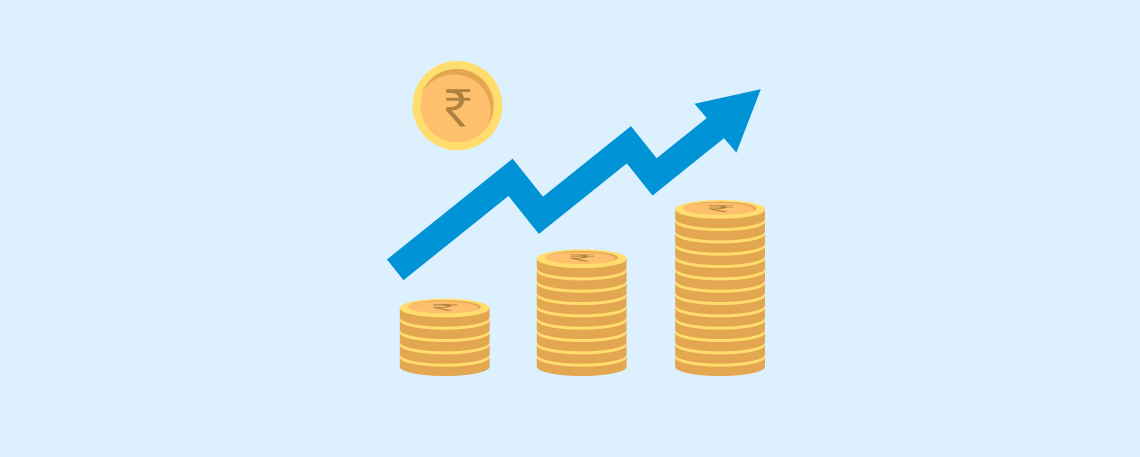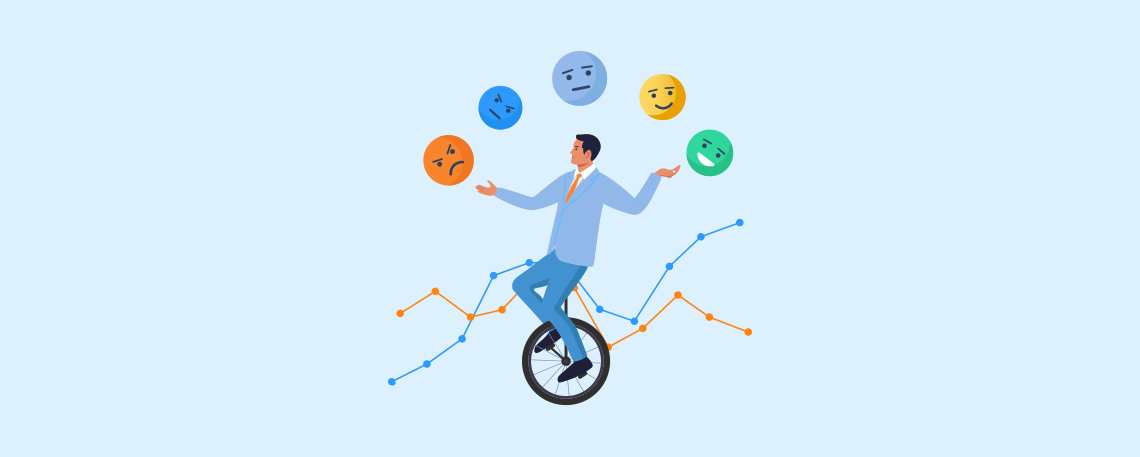Understanding Nifty P/E, P/B, and Dividend Yield
November 11, 2023
|
Investing in the stock market can be rewarding but it often seems complex to many. To make informed investment decisions, it's crucial to understand various financial ratios and metrics. In this article, we will explore the Price to Earnings (P/E) ratio, Price to Book (P/B) ratio, and Dividend Yield percentage in the context of India's Nifty 50 index. These ratios provide valuable insights into the market's performance and can help investors make well-informed choices.
Understanding the Ratios
1. Price to Earnings (P/E) Ratio
The Price to Earnings (P/E) ratio is a fundamental valuation metric that compares a company's stock price to its earnings per share (EPS). In simple terms, it shows how much investors are willing to pay for each rupee of a company's earnings. A lower P/E ratio suggests that a stock may be undervalued, while a higher P/E ratio may indicate an overvalued stock.
2. Price to Book (P/B) Ratio
The Price to Book (P/B) ratio measures the relationship between a company's stock price and its book value per share. Book value represents the company's net assets or equity. A P/B ratio below 1 suggests that the stock may be undervalued, while a P/B ratio above 1 could indicate an overvalued stock.
3. Dividend Yield Percentage
Dividend Yield percentage is a measure of the return on investment from dividends. It is calculated by dividing the annual dividend per share by the stock's current price. A higher dividend yield can be appealing to income-seeking investors, but it's important to consider the sustainability of the dividend payments.
Interpreting the Nifty 50 Data
Now, let's analyse the Nifty 50 data to gain insights into the market's recent performance and what it may suggest for the future.
26-Oct-23
- P/E Ratio: 20.63
- P/B Ratio: 3.31
- Dividend Yield: 1.51%
- Close: 18,857
The P/E ratio at 20.63 is relatively moderate, indicating that investors are willing to pay a reasonable price for earnings. The P/B ratio of 3.31 suggests that stocks in the Nifty 50 are trading at a premium concerning their book value. The dividend yield of 1.51% is on the lower side but is still a potential source of income for investors.
15-Sep-23
- P/E Ratio: 22.81
- P/B Ratio: 4.47
- Dividend Yield: 1.33%
- Close: 20,192
Compared to the previous data point, the P/E ratio has increased to 22.81, indicating that investors are willing to pay more for each rupee of earnings. The P/B ratio has also risen, suggesting that stocks are trading at a significant premium over book value. The dividend yield remains relatively low at 1.33%.
20-Jul-23
- P/E Ratio: 24.24
- P/B Ratio: 4.88
- Dividend Yield: 1.28%
- Close: 19,979
The P/E ratio continues to rise, reaching 24.24. This may suggest that stocks are becoming more expensive concerning their earnings. The P/B ratio has also increased, indicating an even larger premium over book value. The dividend yield remains modest at 1.28%.
Historical Perspective
To gain a broader perspective, let's look at data from earlier years:
07-Apr-21
- P/E Ratio: 33.49
- P/B Ratio: 4.24
- Dividend Yield: 0.95%
- Close: 14,819
At this point, the P/E ratio was relatively high, indicating an elevated level of optimism among investors. The P/B ratio was also high, suggesting stocks were trading at a significant premium. The dividend yield was quite low at 0.95%.
23-Mar-20
- P/E Ratio: 17.15
- P/B Ratio: 2.17
- Dividend Yield: 2.00%
- Close: 7,610
In March 2020, during the early days of the pandemic, the P/E ratio was relatively low, suggesting that stocks were undervalued. The P/B ratio was also relatively low, indicating that stocks were trading closer to their book value. The dividend yield was higher at 2.00%.
01-Jan-20
- P/E Ratio: 28.33
- P/B Ratio: 3.76
- Dividend Yield: 1.24%
- Close: 12,183
At the beginning of 2020, the P/E ratio was relatively high, indicating optimism in the market. The P/B ratio was also on the higher side, suggesting stocks were trading at a premium. The dividend yield was moderate at 1.24%.
Interpreting the Trends
Looking at the historical data, we can observe several trends:
- P/E Ratios: The P/E ratio has fluctuated over the years, with periods of higher and lower valuations. A lower P/E ratio generally suggests better value for investors, while a higher P/E ratio may indicate overvaluation.
- P/B Ratios: The P/B ratio has also fluctuated, with stocks often trading at a premium over their book value. High P/B ratios suggest that investors have confidence in the companies' future performance.
- Dividend Yield: The dividend yield has generally been modest, with periods of lower and slightly higher yields. It's essential to consider the sustainability of dividend payments when assessing income potential.
Market Outlook
The data shows that, as of October 26, 2023, P/E and P/B ratios have been on the rise, indicating that stocks in the Nifty 50 may be relatively more expensive. The dividend yield remains modest. This suggests that investors are currently willing to pay a premium for Nifty 50 stocks, and the market may be in a relatively optimistic phase.
Investors should carefully consider their investment goals, risk tolerance, and time horizon when interpreting these ratios. It's also important to diversify their portfolios to mitigate risks associated with specific market fluctuations.
In conclusion, understanding financial ratios like P/E, P/B, and Dividend Yield can provide valuable insights into market trends and assist investors in making informed decisions. The Nifty 50 data suggests that the market has been in a relatively optimistic phase, but investors should exercise caution and conduct thorough research before making investment decisions. Remember that past performance is not indicative of future results, and markets can be unpredictable.




